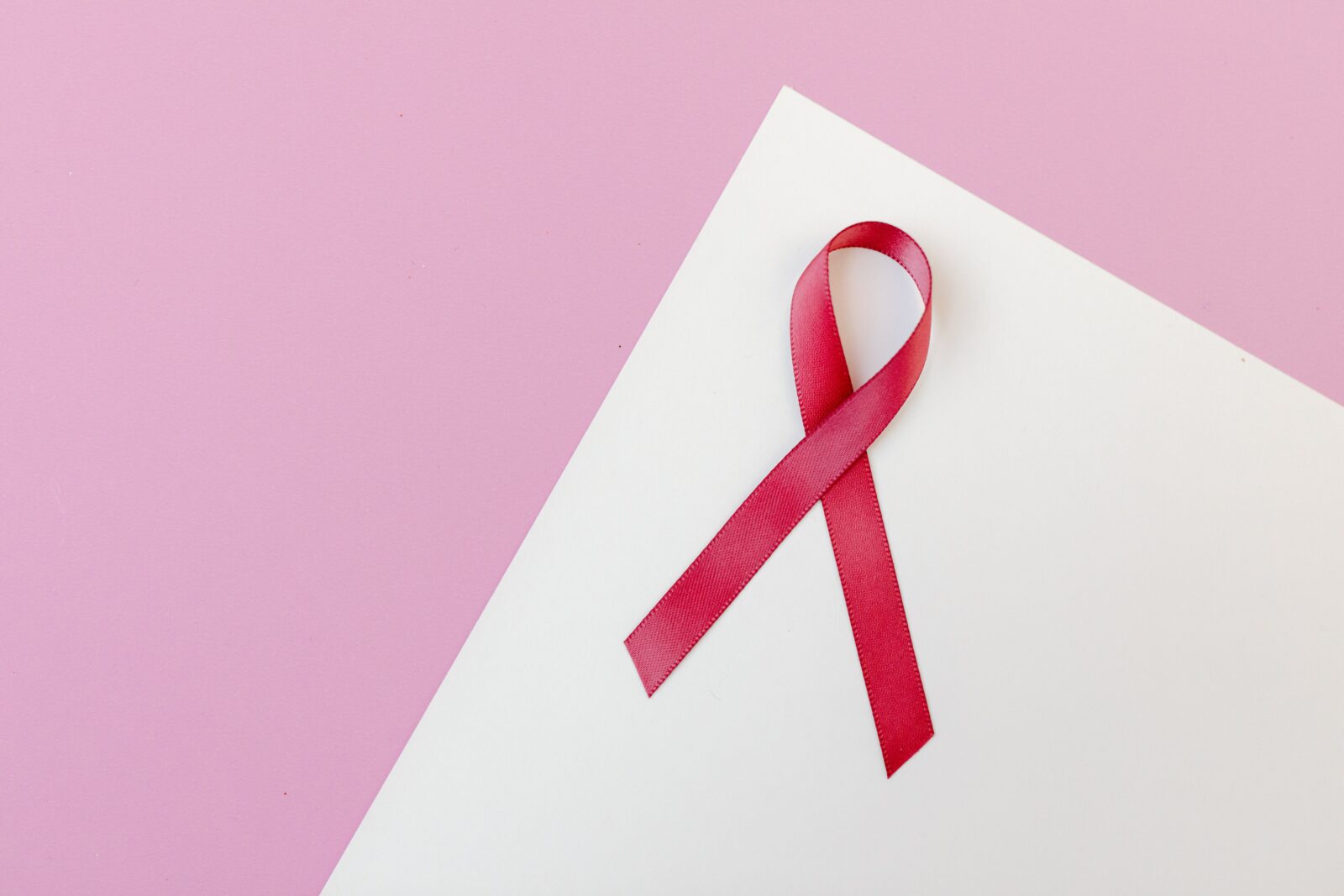
Do your personal care products contain toxins that may increase your risk of breast cancer? It’s possible. Chemicals used in many personal care products may mimic estrogen and be linked to breast cancer. During key stages of our lives, in-utero, infancy, prepubescence, and puberty, breast cells grow rapidly and can be sensitive to toxic exposure. Early life exposure may cause the onset of breast cancer in the adult years.
Ingredients that may be linked to breast cancer
- Dibutyl Phthalate (DBP): Estrogenic, found in some nail polish brands, and may increase breast cancer risk.
- PFAs, PFOS, PTFE: (Perfluoroalkoxy Polymer Compounds) are chemicals used in non-stick pans and stain-resistant products that may increase the risk of breast cancer. These chemicals have also been found in makeup, sunscreen, shampoo, shaving cream, certain dental floss, anti-aging creams, waterproof mascaras, and eyeliners. On product labels, look for the words “fluoro, perfluorononyl dimethicone or perfluorodecalin or PTFE”.
- Oxybenzone (BP3): Found in sunscreens and noted as an ingredient. The chemical has been linked with breast cancer in studies. Recently the FDA deemed only two ingredients in sunscreens as safe to use: zinc oxide and titanium dioxide.
- Triclosan: May have an estrogenic effect. And it was banned in antibacterial soaps but still may be found in shampoos, body wash, certain toothpaste brands, and deodorants.
- Artificial Fragrance: Found in perfumes, moisturizers, shampoos, and other personal care products. May contain many different toxins, in particular several types of phthalates, may be associated with breast cancer.
- Parabens: (methyl, ethyl, butyl, and propyl parabens): Estrogen mimickers, found in body and hand lotions, hand creams, facial cleansers, shampoos, and conditioners.
Why do these products still contain these chemicals?
Although the FDA oversees the personal care products industry, it is not required to review or approve personal care products, other than color additives, before going to the marketplace. The FDA only regulates cosmetic product ingredients if there is evidence of public health concern and ample scientific data.
Avoiding toxins in personal care products
Read Labels: Become familiar with toxic chemical names in order to identify them on personal care product labels.
False Claims: Don’t fall for claims such as “natural” or “earth friendly” since there is no official, legal definition for them.
Think Dirty App: Free app was created by the Environmental Working Group. Scan the bar code on the packaging to find out the toxicity of the product. EWG has over 70,000 cosmetic products in its database.
Members Only Content
To continue reading please subscribe to WellnessPlus by Dr. Jess MD
Be your own best doctor with our comprehensive suite of online health coaching tools.
